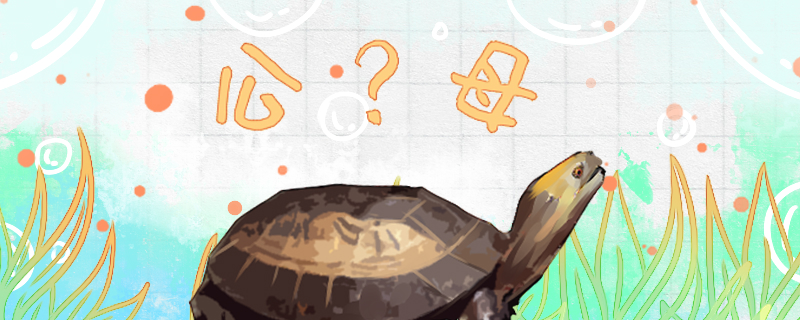
When breeding yellow-fronted box turtles, it is sometimes necessary to distinguish between their males and females. However, it is difficult to distinguish between male and female in the turtle seedling stage, and it is relatively easy to distinguish between male and female in adulthood. Specifically, there are differences in the following aspects:
1. Differences in body size: The body shape of the male and female yellow-fronted box turtles is different. On the whole, the male turtle's body shape is longer, while the female turtle's body looks more round.
2. Tail difference: The tail difference between male and female turtles is relatively large. Sometimes you can see the male and female at a glance from the tail. In contrast, the male turtle's tail is longer and larger; The female tortoise's tail is just the opposite, shorter and smaller.
3, Cloaca distinction: male and female turtles cloaca relative position is different. The cloacae of female turtles are relatively close to the edge of their plastron, while the cloacae of male turtles are relatively far from the plastron.
4. Mating position difference: If it is in the breeding season, you can see their mating position. If the mating position in the bottom, it is the mother turtle; At the top is the male turtle.
Generally speaking, the male and female yellow-fronted box turtles can be raised together. They are not large in size, so even if they are mixed, the space requirement is not too large, and there is no need to prepare a too large container. However, it should be noted that sometimes yellow-fronted box turtles are more irritable, so when mixed breeding, we need to observe for a period of time to see if the male and female turtles will conflict, if there is a fight phenomenon, we need to separate them in time. In addition, attention should be paid to the amount of feeding in mixed culture.